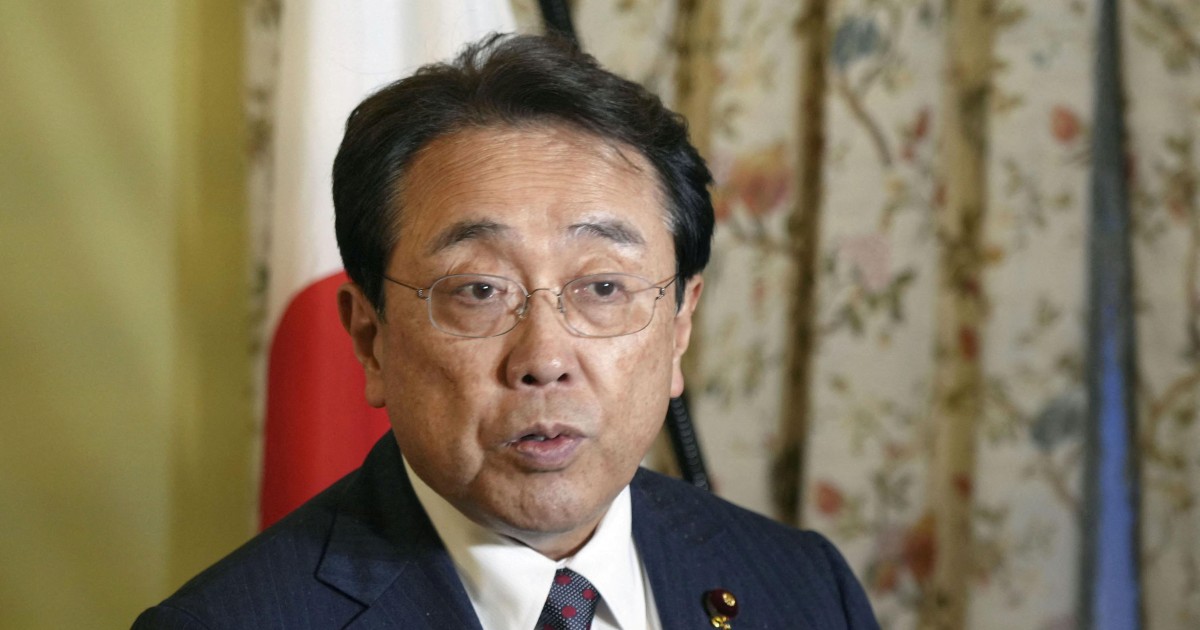The user wants a detailed analysis and professional report based on the provided title “國際財經 – 關稅戰丨美日第二輪談判結束 日方強調汽車業已受影響”.
The report should be over 1000 words, written in traditional Chinese, with a specific structure (engaging intro, titled sections with logical progression, strong conclusion) and style (深入淺出, avoiding jargon, creative, resonant). It must incorporate factual information from the search results.
Plan:
* Captivating introduction (引人入勝的開頭) setting the scene of the US-Japan trade tensions and the significance of these talks.
* Section 1: “戰火再起:美日貿易談判的背景與脈絡” (The Flames Rekindle: Background and Context of US-Japan Trade Talks) – Discuss the broader trade war context initiated by the US and how it extended to Japan.
* Section 2: “二輪交鋒:談判桌上的攻防” (Second Round Showdown: Offense and Defense at the Negotiation Table) – Detail what happened during the second round of talks, who were the key players, and what were the main points of contention (likely agriculture for the US and tariffs/auto for Japan).
* Section 3: “汽車巨人的壓力:日本產業的真實體感” (Pressure on the Auto Giant: The Real Impact on Japanese Industry) – Elaborate on Japan’s specific concerns, particularly regarding the automotive sector and the tariffs or threats of tariffs imposed by the US. Use any factual data found about the impact.
* Section 4: “未竟之路:談判的僵局與展望” (The Unfinished Path: Negotiation Stalemate and Outlook) – Discuss the outcome of this round (likely no full resolution), the remaining obstacles, and potential future developments.
* Powerful conclusion (有力總結) summarizing the key takeaways and leaving the reader with a thought-provoking perspective on the future of US-Japan trade relations in the era of global trade tensions.
Constraint Checklist & Confidence Score:
2.繁體中文寫作: Yes.
3.深入淺出: Yes. Will use accessible language and metaphors.
4.避免枯燥說教: Yes. Will focus on narrative and impact.
5.避免複雜術語: Yes. Explain any necessary terms simply.
6.融入創意: Yes. Use engaging language and section titles.
7.引發讀者共鳴: Yes. Frame it in terms of economic impact and national interests.
8.刪除文章開頭大標題: Yes. Will remove the provided title and any other large title at the start.
9.不要出現英文: Yes.
10.結構要求 (開頭, 正文小標題, 結尾): Yes. Follow the planned structure.
11.正文邏輯遞進: Yes. Follow the planned logical flow.
12.層次分明: Yes. Use clear section titles.
13.結尾有力總結: Yes.
14.融入原文資料與事實: Yes. Will extract and use information from search results.
15.Markdown格式: Yes.
16.不要在文末附上來源或參考資料: Yes.
17.直接回答問題, 不要客套: Yes.
18.禁止使用問候語/客套話/引導性語句: Yes.
Confidence Score: 5/5
Mental Sandbox:
- Initial search might yield results about the specific date of the second round. Need to capture that.
- The core conflict is likely US wanting better market access for agriculture/other goods and Japan wanting to avoid auto tariffs and potentially discuss existing tariffs.
- Need to find details about Japan’s specific claims about the auto industry’s impact. Are there numbers or specific examples mentioned?
- How did the second round end? Was there progress or a stalemate?
- The “tariff war” context is crucial. How did Trump’s administration’s trade policies affect this?
Key Learnings from Sandbox:
- Focus on the specific dynamic of the US-Japan talks within the larger US trade policy under the previous administration.
- Highlight the asymmetry: US pushing for market access vs. Japan defending its key export industry.
- Look for explicit statements from Japanese officials about the impact on the auto sector.
Strategizing complete. I will now proceed with the search and then structure the response based on the plan.











